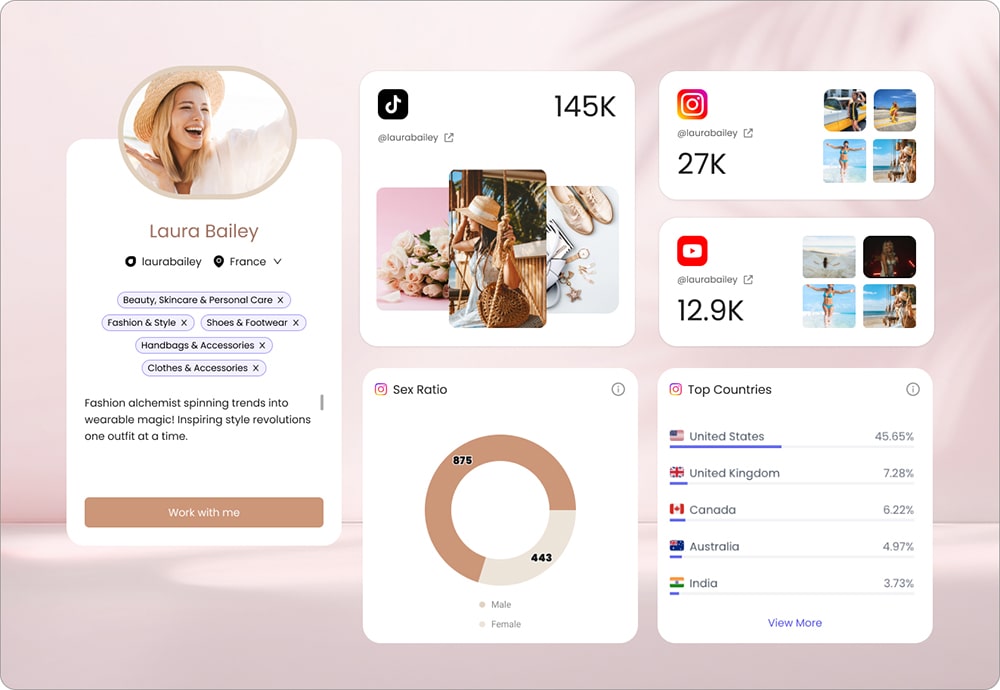You’re most certainly familiar with the term “influencer”. Over the years and with the blooming of social media marketing, these profiles have become more and more popular, playing a significant role in the decision-making of their audience.
Not all influencers are created equal. Let’s divide them into relatively smaller groups in order to deal with them more relevantly.
The main component is, not surprisingly, the size of their audience. So, according to their followers’ count, we can arrange them as:
nano-influencers (1K-10K followers), micro-influencers (10K-50K followers), mid-tier influencers (50K-500K), macro-influencers (500K-1M followers), and mega-influencers or celebrities (1M+).
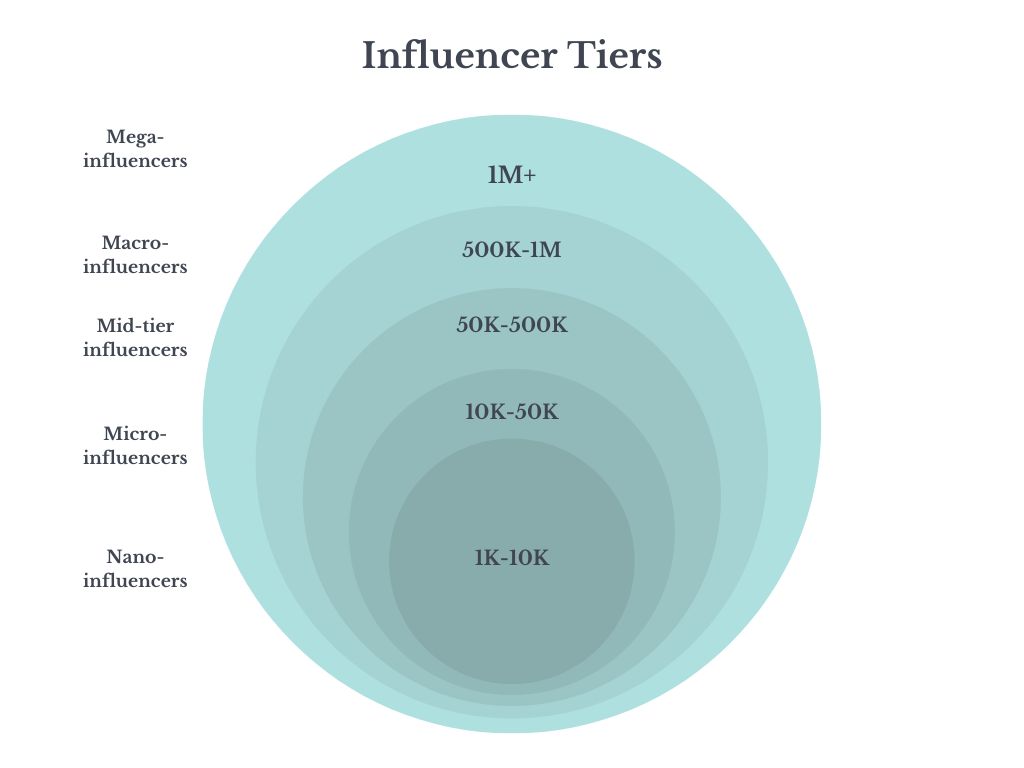
Undoubtedly, anyone will want and strive to be featured by a huge influencer page with hundreds of thousands of followers. However, there is this trend among brands and businesses to collaborate with minor ones. And this is steadily gaining more popularity.
While this is a great opportunity—especially for relatively smaller brands—before including it in your influencer marketing campaigns, you should thoroughly consider both its pros and cons.
Here are the most significant ones:
Pro 1. Affordable price
One of the main reasons you’d like to switch to micro-influencer partnerships is that they are within your budget.
If you cannot afford to pay a fortune for a single post on macro influencers’ pages, you’re in the right league. Based on the audience size, the rates might vary from $100-$2,000. This takes into consideration other metrics like engagement, type of posts, their quantity, and plenty of other factors.
But most importantly, they are way more flexible when negotiating. These influencers are more likely to accept your conditions since they are not receiving as many partnerships offers as their bigger competitors.
Even if you’re still not sure that the investment in a micro-influencer is justified, you can always work out an affiliate deal. Nothing upfront. The influencer is paid based on their performance and results. The bigger the sales, the bigger commission.
Pro 2. Higher Engagement rate
Even though the number of followers is usually the main metric to consider when choosing influencers, it might not be the most crucial one.
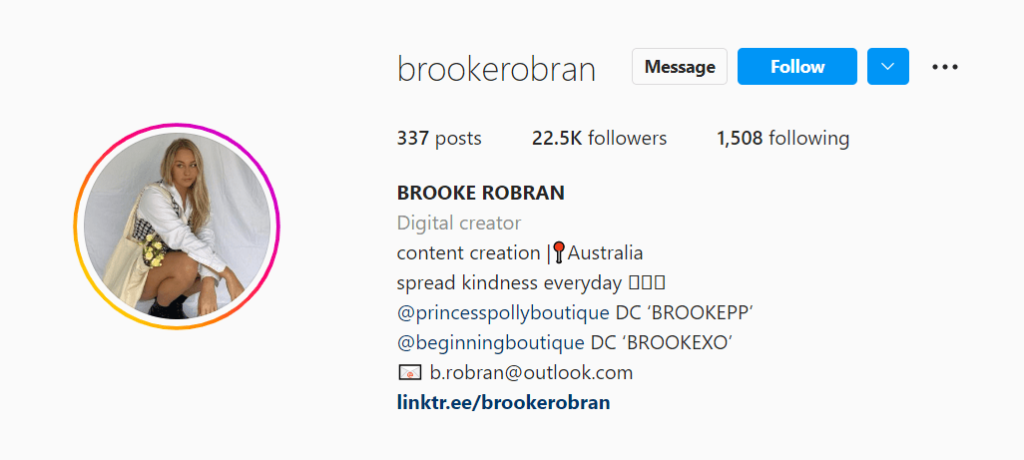
Instead, consider their engagement rate—it points to the quality of their page and how engaged their followers are.
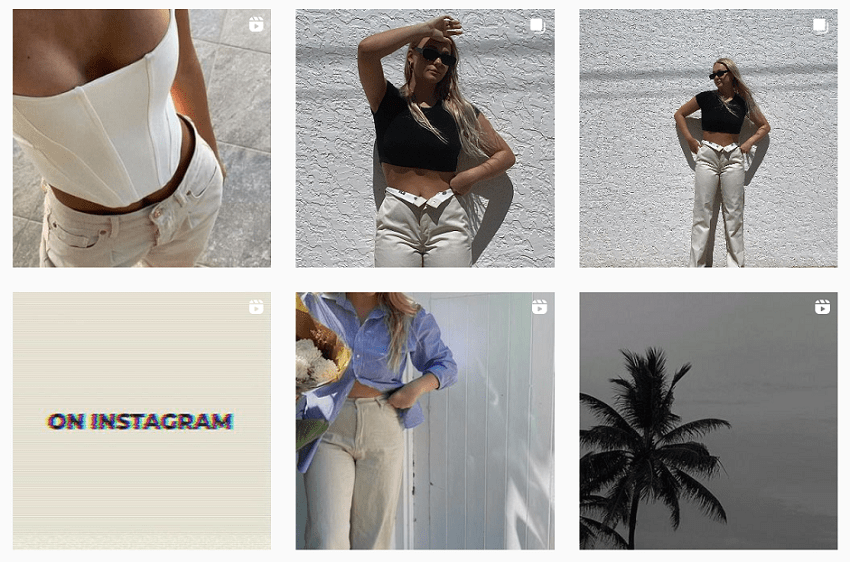
You can calculate the engagement rate of a page manually by simply dividing the sum of average likes and average comments to the number of followers and multiplying it by 100%, or use one of many calculating tools available on the market (such as Mango Score Calculator or Instagram Engagement Rate Calculator).
As for micro influencers, it’s not a secret that they ultimately have higher engagement rates and are more effective at generating leads and sales for a product.
This is explained by a simple social media rule of thumb: the smaller the audience size, the higher the engagement. Here you can find some stats for the average engagement rate based on followers:
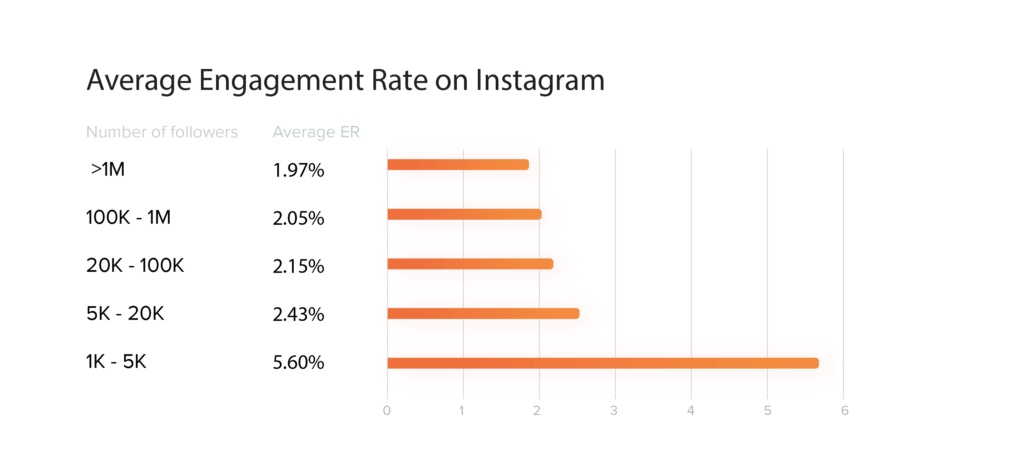
Pro 3. More Relatable
Ever noticed what kinds of pages you engage in the most? Probably, the more relatable ones. That’s the reason people like and comment on micro influencers’ posts, and watch and reply to most of their stories—because they are down to earth.
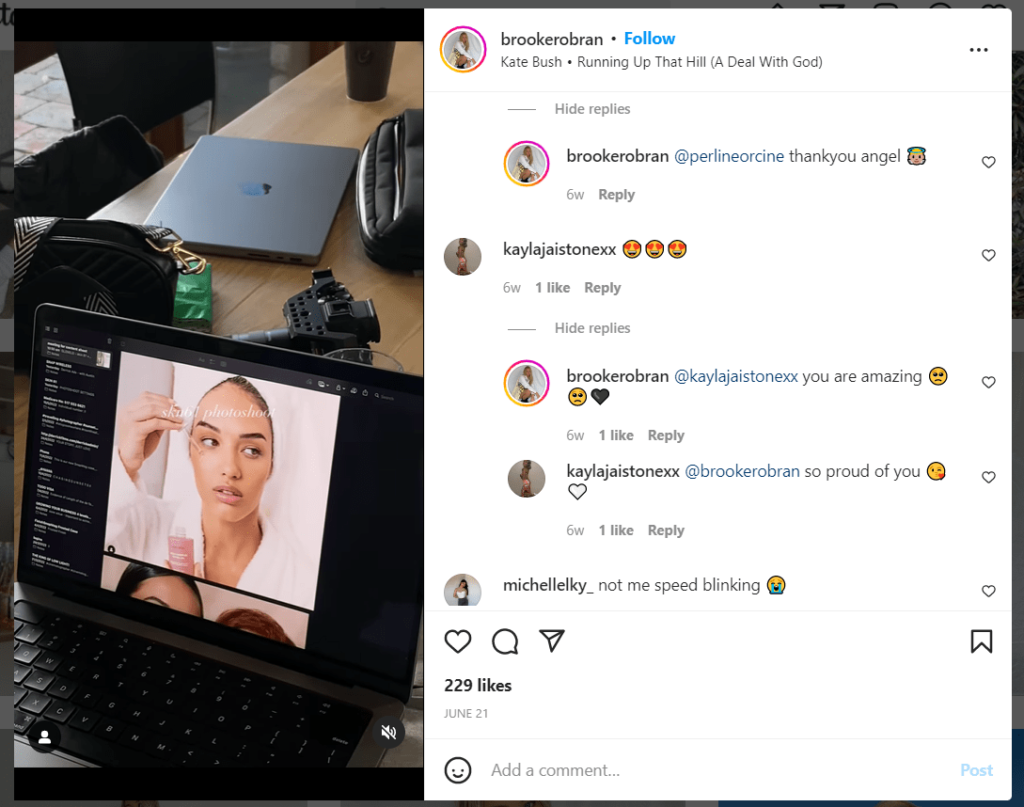
People like to see that the influencers they follow on social media have similar experiences to them, that they can relate to their problems. In that case, their “recommendation stamp” gets stronger as people love to see themselves in these aspirational ads.
Pro 4. Trustworthy and Credible
People tend to trust recommendations from those they are more or less connected to (family, friends, etc.). That connection almost never exists between a person and a macro- or mega-influencer. On the other hand, micro-influencers are often considered friends and have more convertible audiences and credibility.
Here’s a classic example of how a micro-influencer is sharing their experiences with their audience by recommending a product they believe in:
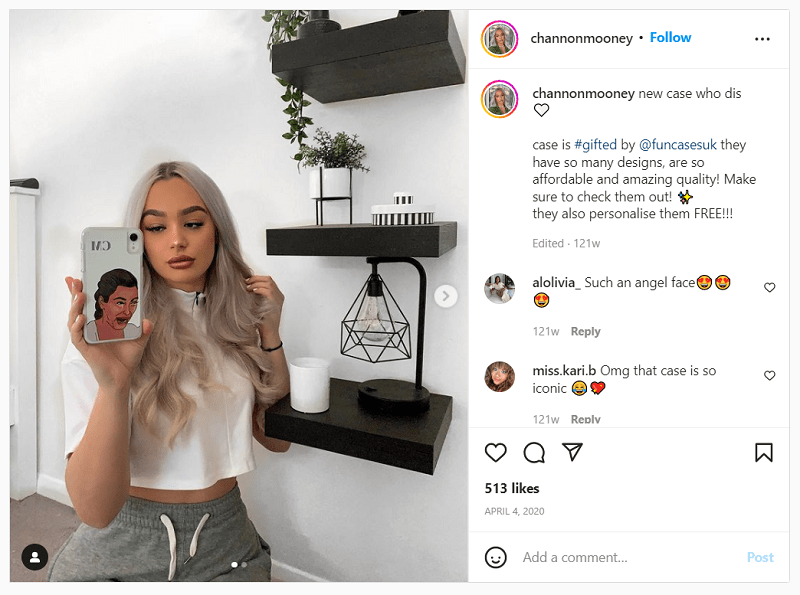
@channonmooney is showcasing her new phone case she got from @funcasesuk, expressing her excitement about it and recommending her followers to get theirs. As you can see, in spite of not having millions of followers, her post has performed pretty well gaining 18.4% engagement rate. That would be a pretty impossible milestone to reach for a big influencer, especially in case of a promotional post.
On the other hand, micro-influencers are mostly quite concentrated on one topic and are experts at that. Their audiences consider them friends and live streaming content helps these influencer accounts seem trustworthy even to those who don’t follow their work regularly.
So if, for example, a narrowly specialized tech expert, who has, let’s say, a 12K follower base, recommends a product related to tech, it’s more likely to generate conversations from them rather than a travel blogger with 450K followers.
Pro 5. Achievable
Reaching out to macro influencers has undoubtedly left you with no results at least once—lost in their inbox or, if you’re lucky enough, in the limbo that is “Read/Seen.”
As you might have already guessed, this obstacle on your road to success can be overcome with micro influencers. They are considerably more responsive to texts, DMs and emails, or whichever channel you choose to reach out to them.
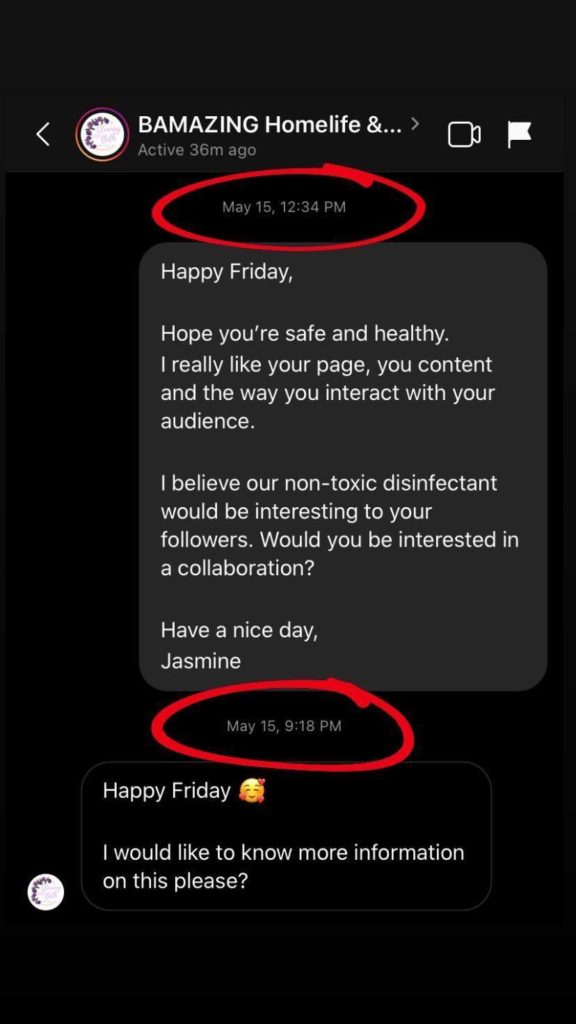
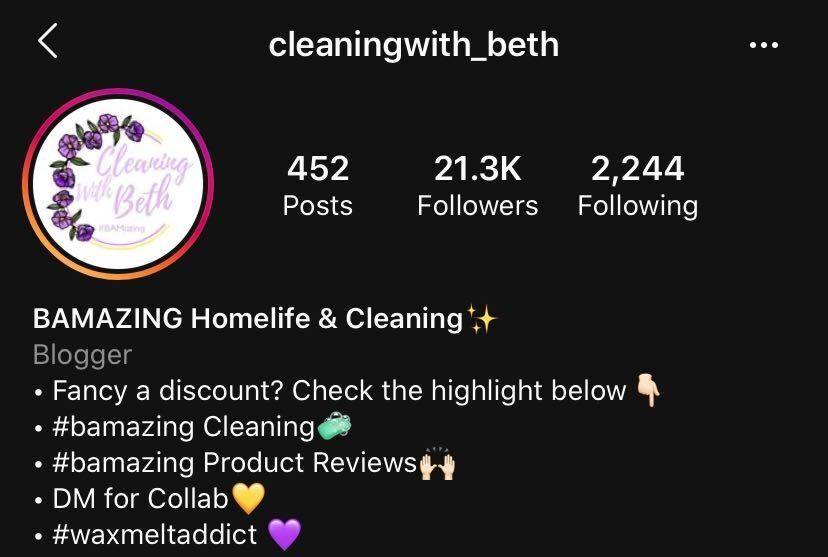
Of course, the response rate is not 100%, but the chances of getting a reply are higher than ever. Smaller influencers themselves are in search of potential partners, and being contacted by a brand is a great opportunity they wouldn’t like to miss.
Pro 6. Targeted Niche Market
Finding a targeted niche market with micro-influencers is one of the most important perks one will get from the partnership. The size of a community differs depending on the niche, but the audience will always be more targeted.
This point is vital. If someone is following, for example, a musical instrument maker, the chances that he/she will be interested in getting a musical instrument are quite high.
To profit from this advantage of micro-influencer marketing as well, you should carefully determine your buyer persona, and find influencers according to his/her interests and characteristics.
So, if micro-influencer marketing is such a trendy, budget-friendly, and effective alternative to bigger fish in the sea, why do so many companies still prefer to stick to traditions?
Here’s why. Alongside all the benefits of collaborating with micro-influencers, there are also some negative sides that you should take into account.
Con 1. Lower Reach
The common reason why brands avoid working with micro-influencers is their smaller followings and the limited reach that brings.
First of all, you should be sure of your goal. Do you want conversions, to raise your brand awareness, drive traffic to your website, or something else?
If it’s brand awareness you’re after, micro influencer marketing won’t be able to provide you with your desired results. Smaller followings will be a massive setback to creating hype around your brand name.
Also, you should pay attention to your product specifications. If your product is focused on fashion, fitness or lifestyle-related, then promoting it on a micro-influencer page will probably be less effective than spending a little more on a larger group of people.
Con 2. Being New in the Industry
While macro-influencers and celebrities are more than used to working with brands, this is not always the case with micro-influencers.
First and foremost, they need more guidance and help with things like registering links, writing captions, creating content, etc. The lack of experience in the field will make it more difficult for you to manage the campaign more efficiently. This becomes even more time-consuming if you work with multiple micro-influencers at the same time.
Furthermore, brands are often affected by the actions of influencers. As micro-influencers are slightly more amateurish, they may harm your business without even realizing it. It’s crucial to always keep an eye on them even after the collaboration is over.
Con 3. More Difficult to Find
While there are plenty of websites and tools for finding influencers, the vast majority of them only provide info about the big fish, and finding your relevant micro influencer via those tools is almost impossible.
Keyword: ALMOST.
You can also check out our ultimate guide on how to find instagram influencers in no time.
Should You Hire Micro-Influencers?
Hiring micro influencers can be a good decision for you to get more conversions and sales.
Reviewed By Rem Darbinyan
Revolutionizing industries with AI, Rem Darbinyan is the CEO of ViralMango and an entrepreneur, AI expert, and influencer marketing strategist.

